
Owls
Long Eared Owl
The Long Eared Owl is a medium-sized bird of prey found in forests and woodlands across Ireland. With its distinctive ear tufts and piercing yellow eyes, it is a captivating sight for any bird enthusiast.

Description
The Long Eared Owl is a medium-sized owl species found in Ireland. They have distinctive long ear tufts on their head which can be easily seen. They have a brown plumage with darker and lighter spots that closely resemble tree bark. Their eyes are yellow and their beak is colored a dark grey.
What they eat
Long Eared Owls are carnivorous birds and mainly hunt small mammals like mice, voles, shrews, and rats. They also feed on small birds, insects, and earthworms.
Habitat
They prefer a woodland habitat, often making their home in coniferous, deciduous, or mixed forests. They also prefer to live in quiet areas where they are undisturbed, and choose forests close to fields and meadows to hunt for food.
Size and wingspan
Long Eared Owls have a wingspan of about 95 cm and can weigh up to 400 grams. They are about 34 cm in length, and are similar in size to a Wood Pigeon.
Male female difference
It is difficult to differentiate between male and female Long Eared Owls just by appearance. However, female owls are usually bigger and heavier than males.
Where to find
Long Eared Owls can be found in the woodland areas of Ireland, particularly in coniferous forests. These birds are often heard before they are seen because they are usually silent while flying, but can be heard when they call out.
What months can be found in Ireland
Long Eared Owls can be seen in Ireland throughout the year, but are more visible in the winter months. They are more active during the night and during the autumn and winter months they become more vocal.
Interesting note
Long Eared Owls have an incredible hearing ability which helps them locate prey in the dark. They do not rely on their eyesight alone to hunt. They have an outer ear that is slightly moved to the front of their head which helps them hear from different directions without having to move their heads.
Other Birds of Ireland...
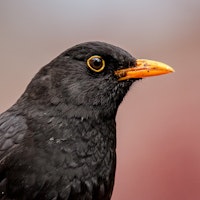
Blackbird
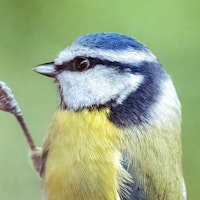
Blue Tit
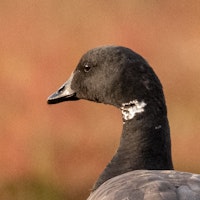
Brent Goose
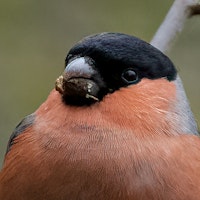
Bullfinch

Buzzard

Chaffinch
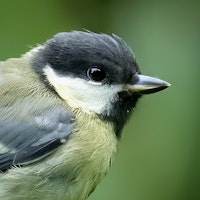
Coal Tit
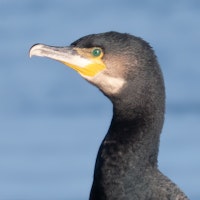
Cormorant
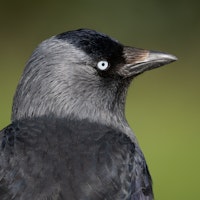
Crow
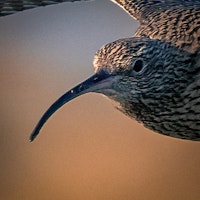
Curlew
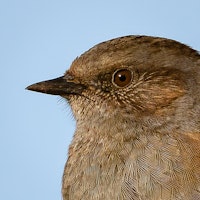
Dunnock

Eurasian Jay
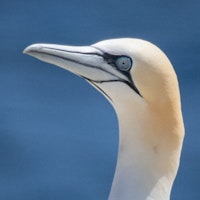
Gannet
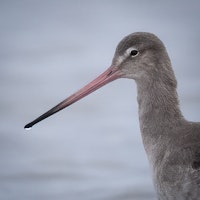
Godwit
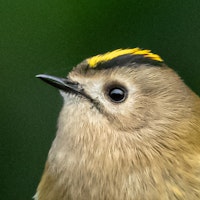
Goldcrest
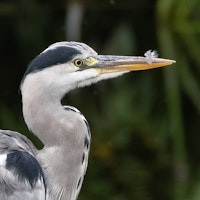
Grey Heron
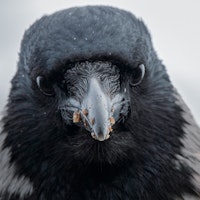
Hooded Crow
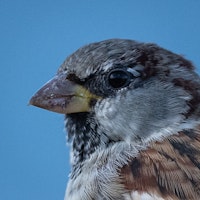
House Sparrow

Kestrel
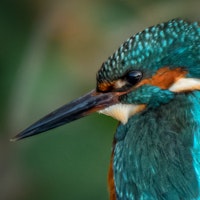
Kingfisher

Lapwing

Little Egret

Long Eared Owl

Long-tailed Tit

Mallard Duck

Merlin

Moorhen

Mute Swan

Oyster Catcher

Peregrine Falcon

Pied Wagtail

Pintail

Puffin

Red Kite

Redshank

Robin

Rook

Sanderling
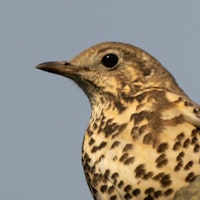
Song Thrush

Sparrowhawk

Starling

Stonechat

Swallow

Tree Creeper

Wren
More pages currently being produced...
Please connect to get updated when new pages are published
